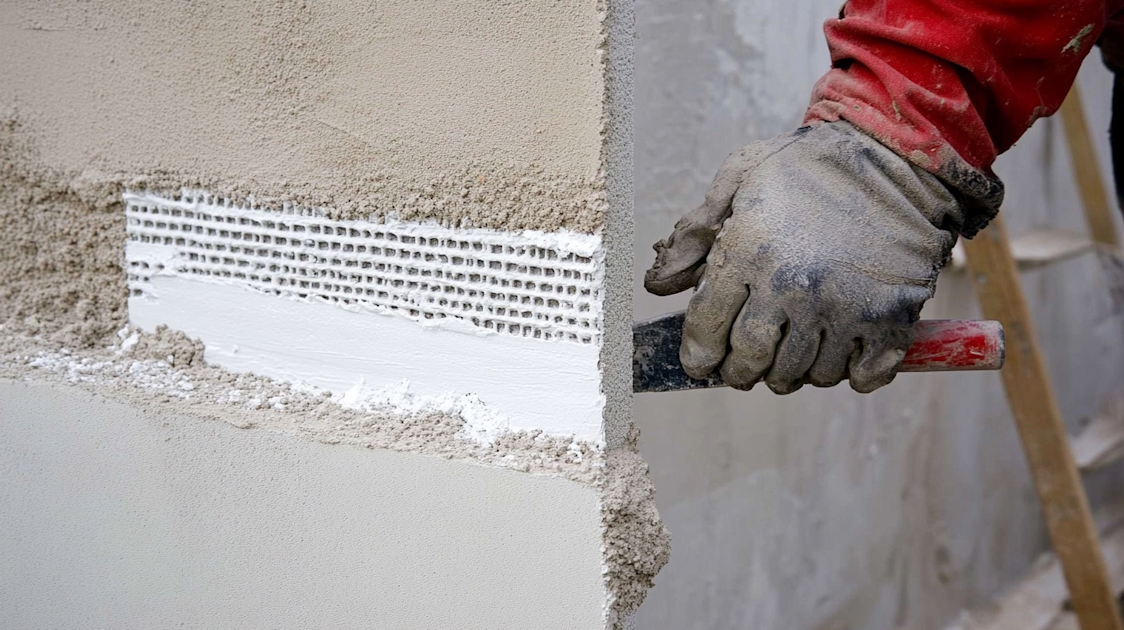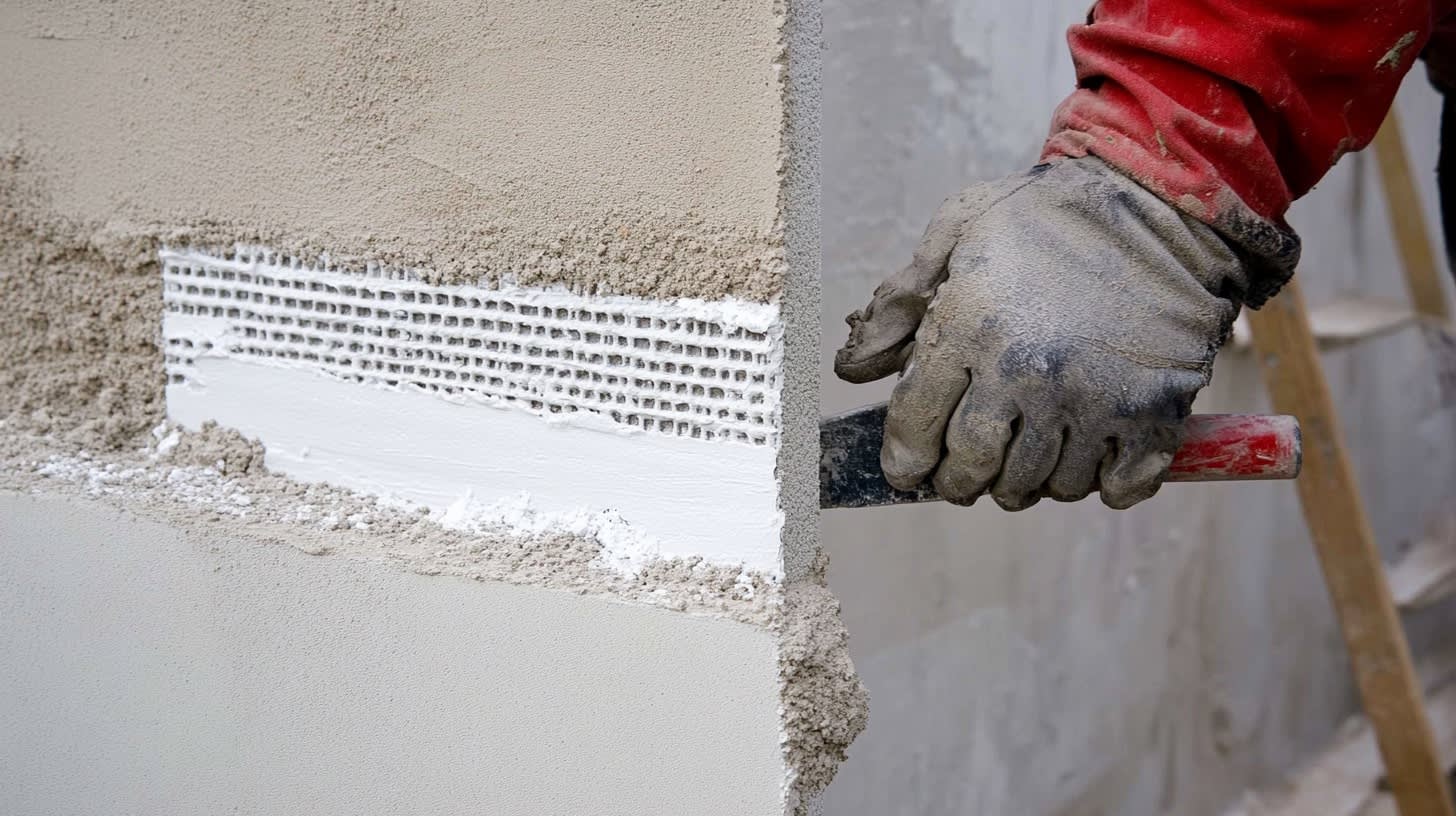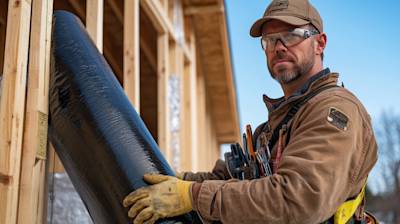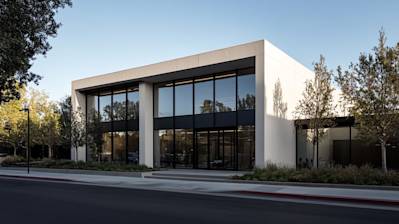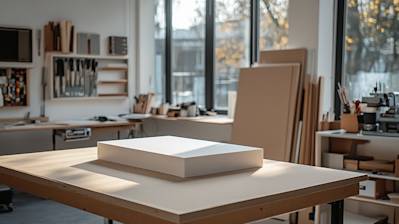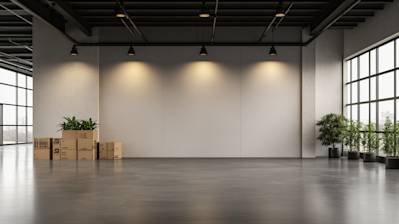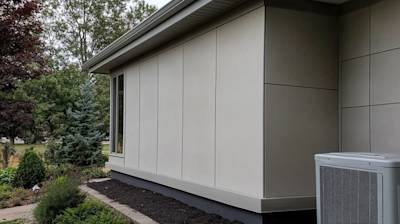As you embark on your home renovation or build, it's paramount to familiarize yourself with the various elements that make a construction project complete and secure. Among these crucial aspects is the use of corner beads. Although often overlooked, corner beads provide punishing protection and a plush finish to your walls and corners. In this informative guide, we delve into a detailed exploration of corner beads, their purpose, types, and the step-by-step guide on how to install them.
What is a Corner Bead?
A corner bead, sometimes referred to as an angle bead, is a crucial material used in the construction of drywall. It's a strip of robust material, typically metal, plastic, or vinyl, placed over the corners of walls to fortify them and provide clean, sharp edges. In essence, the corner bead denotes the boundary line where two sides of the wall come together.
But what makes corner bead indispensable in every construction project, you may ask? For starters, it’s their unbeatable ability to protect corners from damage while facilitating a smooth, flawless finish that gives your home or building an impeccable aesthetic appeal.
The Different Types of Corner Beads
Corner beads come in several varieties, each tailored with unique characteristics to cater for specific needs. Besides the mainstream metal corner beads, we also have paper-faced, vinyl, and bullnose corner beads.
- Metal Corner Beads
These are the most traditional types, manufactured from galvanized steel. They have perforated edges to help the joint compound stick better.
- Paper-Faced Corner Beads
They're composed of a metal or plastic strip covered with paper tape. Their advantage is that they reduce cracking at the joint.
- Vinyl Corner Beads
Made from flexible plastic and attached using adhesive spray or staples. They resist denting or chipping and are considered more durable.
- Bullnose Corner Beads
These create rounded corners instead of the typical sharp-edged corners, providing a unique, soft aesthetic to the final finish.
Identifying the appropriate corner bead for your construction project requires a keen understanding of what each type offers and its suitability to your specific needs.
Installing Corner Bead: A Step-By-Step Guide
Getting familiar with the installation process of corner bead can save you a significant amount of money. Here is an easy-to-follow guide on how to install corner beads to your drywall.
Step 1: Measure and Cut the Corner Bead
The first thing you need to do is measure the height of your wall. Once you have precise measurements, proceed to cut the corner bead using a hacksaw matching that height.
Step 2: Align the Corner Bead
Align your cut corner bead to the corner of the wall. Ensure the bead's corner accurately aligns with the wall corner.
Step 3: Secure the Corner Bead
Use drywall screws or nails to secure the bead. Start from the top and proceed downwards, ensuring both sides are equally secure to facilitate a neat edge.
Step 4: Apply Joint Compound
Cover the bead and around a three inches margin on each side with joint compound using a drywall knife. Let the first coat dry completely.
Step 5: Sand and Repeat
After the first coat dries, sand it smoothly and apply a second, thinner layer of joint compound. Repeat this process until you achieve a seamless edge.
Frequently Asked Questions about Corner Bead
What materials are corner beads typically made of?
Corner beads are typically made from various materials such as metal, plastic or paper-faced metal. Each material has its own unique properties and suitability depending on the job at hand. Metal corner beads are more durable and robust, making them perfect for high-traffic areas. Plastic corner beads, on the other hand, are more flexible and easier to work with, making them well-suited for intricate designs and archways.
Do I need to use corner bead for every type of wall edge?
While corner beads are typically used for creating clean, sharp corners, they can be used for other types of wall edges as well. For example, corner bead can also be used to protect and reinforce edges around doorways and windows. However, not every type of wall edge requires the use of corner bead. Factors such as the design, construction, and materials of the wall will affect whether a corner bead is necessary or not.
Can I install corner bead over paint or wallpaper?
While it's technically possible to install corner bead over paint or wallpaper, it's generally not recommended. The corner bead will adhere best to a clean, dry and smooth surface. It's usually best to remove any paint or wallpaper before installing corner bead to ensure the best possible adhesion. If removing paint or wallpaper isn't an option, make sure to take extra care to ensure the corner bead is securely attached.
What is the purpose of using corner bead in wall construction?
Corner bead is used in wall construction to create a crisp, clean edge and to protect the corner from damage. When applied over the edge of a wall, corner bead acts as a guide for applying joint compound and helps ensure a smooth, straight finish. It also adds strength to the corner, reducing the risk of dings, dents, and other damage.
How do I repair damaged corner bead?
To repair damaged corner bead, you'll need to first remove any loose or damaged material. Then, apply a layer of joint compound to the corner bead, making sure to feather it out on either side for a smooth finish. After the joint compound has dried, sand it down until it's smooth and flush with the rest of the wall. If the corner bead is severely damaged, it may need to be replaced.
What sizes does corner bead come in?
Corner bead typically comes in standard lengths of 8, 9, or 10 feet. However, it can easily be cut to the desired length using a utility knife for plastic or tin snips for metal. The width of the corner bead flanges can range between 1 to 1.5 inches on either side.
Pros of Corner Bead
Easy Installation
Simple Procedure
One of the primary advantages of corner beads is their ease of installation. The simple process involves attaching the corner bead to the drywall using nails, screws, or adhesive. Following this, joint compound or 'mud' is then applied to the bead, allowed to dry, and then sanded for a smooth and crisp finish.
No Special Tools Required
Installing corner beads does not require any special tools. The basic tools used are a hammer, nails or screws, a taping knife, a hacksaw for cutting the beads to size, and a sanding block or paper. These are commonly found in most DIY tool kits, making corner beads a perfect choice for DIY enthusiasts.
Durability
Robust and Impact-Resistant
Corner beads are designed to protect raw drywall corners from damage. They are extremely robust and provide an effective barrier against impacts from furniture, vehicles, or regular wear and tear. This means that once installed, a corner bead can significantly extend the longevity of your walls.
High-Quality Materials
Corner beads are typically made from high-quality and resilient materials such as galvanized steel, plastic, vinyl, or paper-faced metal. These materials are known for their strength, durability, and resistance to damage, all of which contribute to the lifespan of your drywall corners.
Aesthetic Appeal
Sharp and Clean Corners
Corner beads are capable of creating sharp, clean, and professional-looking corners. They provide a finished look to your walls, giving your rooms a polished and well-constructed aesthetic.
Versatility in Design
There are various styles and types of corner beads available to match different design needs. From bullnose (rounded) corner beads for a soft look to chamfer beads for decorative edges – the design versatility is vast.
Cons of Corner Bead
Installation Challenges
Difficult to Align Perfectly
While the basic installation process of a corner bead is simple, aligning them perfectly can be quite challenging. Ensuring a perfect 90-degree angle or the desired angle can be tricky and may require a certain level of skill and patience.
Prone to Damage During Installation
Corner beads, especially those made of softer materials such as vinyl or paper-faced metal, are prone to damage during the installation process. Hammering too hard or not being cautious enough can lead to dents or bends, resulting in a less than perfect finished look.
Maintenance Issues
Rust and Wear
Like anything made of metal, steel corner beads can rust over time, especially in humid environments. The onset of rust can lead to degradation and eventual breakage, requiring replacement. Similarly, vinyl corner beads can become brittle and crack over time.
Joint Compound Cracking
Joint compound applied over corner beads can crack due to shrinkage or structural movements. While these cracks are typically superficial and do not indicate any structural problems, they can be visually unappealing and may require repair and repainting.
Aesthetic Limitations
Visible Seams
With traditional corner beads, the seams or edges where the bead meets the drywall are sometimes visible, especially if the joint compound is not properly applied or if it has chipped or peeled away. This can detract from the visual appeal of the room.
Inability to Achieve Rustic or Unfinished Looks
Corner beads are great for achieving sharp, clean aesthetics but may not work well if you're aiming for a rustic or unfinished look. They may give off a too 'perfect' or 'manufactured' vibe that may not complement certain design aesthetics.
Summary
Overall, a Corner Bead is a reliable companion for homeowners and contractors alike interested in achieving a perfect 90-degree angle on their corners and edges. They are an essential part of drywall installation, offering a crisp, clean finish that enhances the appeal of walls and ceilings. Despite their unassuming role, these tools significantly simplify the installation process, proving their worth in every construction project, regardless of the scope.
On the other hand, it's easy to underestimate the aesthetic impact of a Corner Bead. It's more than just an efficient assistant in indoor construction; it's also a factor in translating a room's visual potential into reality. By finishing off the corners with a neat and tidy edge, the Corner Bead subtly contributes to the overall architectural integrity and distinct character of the room.
Finally, it's essential to note that while a Corner Bead may seem a minor detail in the broader context of construction activities, it holds a significant functional role. It provides structural strength to the drywall corners that are highly susceptible to damage. So, while you may not often think about the importance of a Corner Bead, remember that it's quietly doing a significant job in holding your rooms together.
About Atlas Stucco
Welcome to Atlas Stucco, your trusted stucco application specialists right here in beautiful Sacramento, CA. With years of industry experience under our tool belts, we provide the highest quality stucco application, repair and maintenance services in the region. Not only do we excel in traditional stucco work, we're also experts in EIFS systems, plaster work, and custom stucco designs. We take every project head-on, no matter the size or scale, as we firmly believe in our clients' visions and absolute satisfaction. We're a team of passionate, dedicated, and experienced professionals, ready to make your stucco dreams come true in sunny Sacramento.
Tags: drywall, construction, wall trim,

